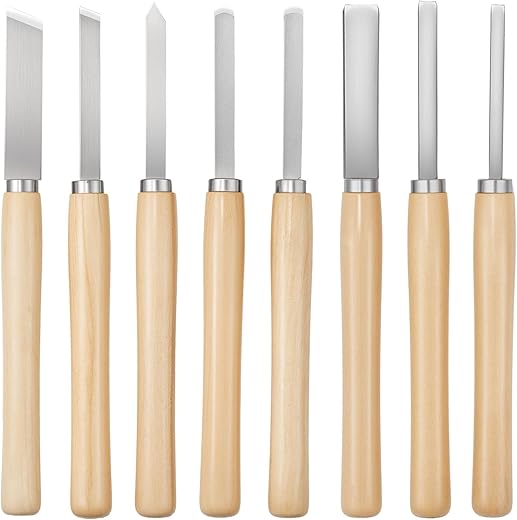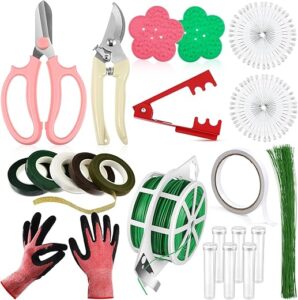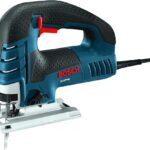Woodturning Beyond Basics
I got bored with safe projects fast — after twenty bowls I wanted edges that sang and thin walls that felt impossible. Pushing beyond basics isn’t about showing off; it’s about finding control and repeatability in messy, creative work.
I shifted from learning to making when I started treating experiments like measurements: small changes, consistent tests, honest notes. That mindset lets me take calculated risks on form, finish, and hidden interiors without wrecking a blank.
In this article I share practical, testable techniques I use in my shop: setups, sharpening geometry, advanced cuts, hollowing tricks, and finishes that last. Try them one at a time and build confidence. Trust me, seriously.
Setup and Mindset: Preparing Your Lathe, Tools, and Headspace
Before I reach for a fancy cut, I spend time making the machine and my head ready. Tiny setup problems amplify when I push cuts, so I treat setup like a warmup routine that guarantees repeatable results.
Quick lathe and drive checks
I run a simple quick-check every session:
If I’m shopping: a Nova or Jet mini-lathe is forgiving; if you have a larger Jet or Grizzly, small alignment wins matter more because spindle mass magnifies error.
Tool rest, tool selection, and positioning
Tool rest height and angle make or break aggressive cuts. My rules:
Tailstock, live centers, and delicate hollowing
I calibrate tailstock alignment with the dial indicator: mount a mandrel in the headstock, bring the tailstock live center in, and check contact across travel. For hollowing:
Low-cost jigs and tweaks
Mental checklist (I say it out loud)
Try the two-sided, off-center spice grinder next — it highlights any setup errors early and forces you to apply these checks. In the next section I’ll dig into sharpening geometry and hand-work that lets those setups pay off.
Sharpening and Hand-Work: Geometry That Lets You Push Cuts
Why edge geometry matters
Sharpening is the unsung hero of aggressive, controlled cutting. Small angle changes change chip flow and how the tool bites. A slightly steeper bevel gives more control and resists digging; a slightly shallower bevel cuts cleaner but can grab. I tune geometry so the tool does what I want instead of fighting me.
My go-to sharpening routines (step-by-step)
Bowl gouge (deep, flowing cuts)
Spindle gouge (detail and bead work)
Custom hollowing bit (reach with smooth chip flow)
Keeping consistent bevel contact and testing
Jigs, freehand touches, and when to go carbide
Project suggestion
Turn a 9–10″ deep vessel with a 3–4 mm wall: rough to thickness, sharpen to the micro-bevel routine above, and take long, confident pulls to produce a crisp, tight-sided thin wall that rewards your edge choices and setup.
Advanced Tool Techniques: Cuts, Angles, and Controlling the Beast
I want to get practical here — the moves I use when I’m pushing a design into risky territory. The key is progressive aggression: start light, learn the grain, and only then deepen the cut. Below are the hands-on habits that keep bold shapes predictable.
Sequencing a challenging cut — my step-by-step
Push cuts, shear scraping, and micro-slicing
A push cut is different from a long pull: I angle the flute to present more bevel, lean my weight behind the tool, and commit. For delicate finishes I use shear scraping — tilt the gouge so the cutting edge slices the fibers rather than digging. Micro-slicing (very shallow, fast strokes with a sharp edge) tames tear-out on tricky grain. Negative-rake scrapers (great for crisp rims and thin lips) are forgiving when you need a clean shoulder.
Angled cuts for hollow forms and thin walls
When hollowing for a long-stemmed goblet I approach the stem with a low-angle flute and micro-bevel, keep revolutions moderate (500–900 rpm depending on diameter), and alternate between internal and external light passes to maintain thickness. For a thin-lidded box I take short, measured pulls and frequently measure wall thickness with calipers. Slow the lathe before making a deep undercut; stop and re-anchor in the chuck if vibration starts.
Controlling vibration, dynamic rests, and body positioning
Move the tool rest during a cut to change leverage — small, deliberate shifts reduce cantilever and vibration. Stand with a stable stance, both hands on the tool, and use your body as the power source, not your arms alone. If the blank starts to flex or chatter, back off, clamp or remount, and reassess. I’ve rescued near-fails by switching to a scraper to clean thin areas, adding a temporary support collar, or remounting in a jam chuck to finish.
Next I’ll show how these controlled surfaces respond to texture and finish choices in the next section on surface treatments and practical finishes.
Hollowing, Thin Walls, and Hidden Interiors: Tricks for Thickness, Access, and Finishing
Hollowing is where many turners hit a wall — literally. I treat it like mapping a cave: know your entry, measure constantly, and work in safe stages.
Choosing your rig: guided systems vs hand-guided tools
Guided rigs (Robert Sorby-style hollowing rigs or gingerly adjustable bars) give repeatable geometry and are great for deep, constant curves. Hand-guided long-reach gouges or carbide hollowers give speed and feel for thin, delicate walls. I switch between them depending on reach and how much feedback I need — rigs for precision, hand-guided for speed and final thinning.
Planning access points and measuring thickness
Plan your access hole so you can get the cutting edge where it needs to be, and so a lid or foot can register later. I mark target wall thickness on the exterior and use these tools:
Check thickness every few passes — not just at the rim.
Wall thinning in stages (small vessel workflow)
- Establish a wide, centered entry and a pilot bore to reduce resistance.
- Hog out the bulk with a long-curved scraper or carbide bar, keeping cuts light and continuous.
- Switch to a finishing cutter or negative-rake scraper and take shallow, controlled passes to approach final thickness.
- Finish with fine abrasive, working from 120 to 400 grit, then polish or friction-buff.
This staged approach reduces tear-out and stress on the blank.
Dealing with chatter and stability
If you hear chatter: slow the lathe, reduce tool overhang, and lower the cutting depth. Use a steady rest, a temporary support collar, or remount in a jam chuck to stabilize thin sections. I find alternating outside and inside light passes balances forces and prevents flexing.
Finishing interiors and a creative trick
Carbide scrapers are excellent for quick smoothing; switch to sanding only once the shape is final. For a striking interior, try inside-out contrast staining: apply a dye or thin CA inside the hollow, let it soak and cure, then sand and finish — the color peeks through thin walls for dramatic contrast.
Project idea: hidden magnetic lid
Turn a hollow form with a snug internal cavity sized for a small lid. Turn the finial separately, recess its base, and embed a rare-earth magnet so the finial seals the lid invisibly — a clean, functional secret.
Surface Treatments, Textures, and Practical Finishes That Last
Finishing can make or break an advanced piece. I aim for surfaces that read as intentional, not overworked. My decision tree is simple: what will the piece see?
Pros and cons, fast
Texturing that actually works
I use three go-to techniques:
Prep matters: sand to your final grit (I usually stop at 320 for textured areas), then seal porous grain with a thin shellac or quick CA wipe so the texture bites cleanly and doesn’t tear out.
Tools I actually reach for
Quick project idea
Make a simple textured bowl: carve shallow scallops with a small gouge, sand to 320, dust-seal with thin CA, then apply a thin CA topcoat for a rugged, everyday finish. Add a segmented ring and pour a resin insert for contrast if you want a splash of color.
With these finishing and texturing tricks you can make pieces that hold up and look intentional — next we’ll pull the thread together in the final takeaways.
Takeaways and Next Steps
I close by saying the big wins came from small, repeatable habits: set up carefully, sharpen thoughtfully, control cuts deliberately, hollow in stages, and finish with purpose. Those core moves changed how I push my work — safer, cleaner, and more confident. Pick one trick from the article, practice it on scraps until it feels reliable, then use it in a simple project so it becomes muscle memory.
Choose a friendly challenge to build skills: a two-sided object, a thin-walled hollow form, or a textured bowl with a practical finish. Share what you turn, note what failed, and try again. I’ll be cheering for your next successful push. Keep learning, keep experimenting, and enjoy the ride together, always.










